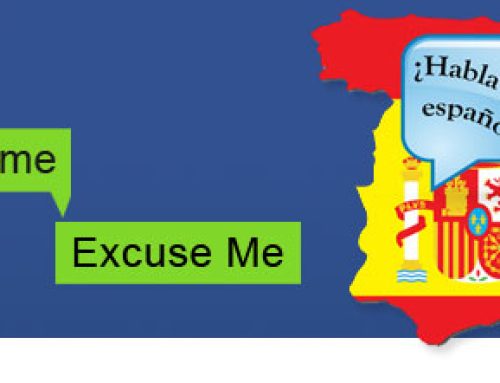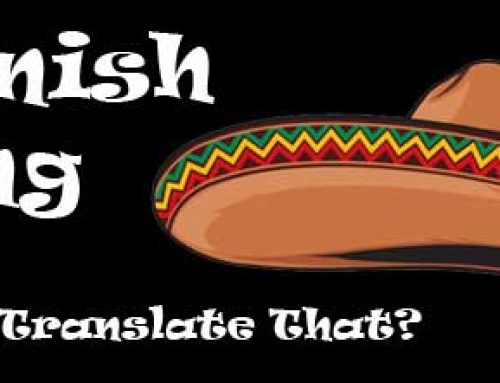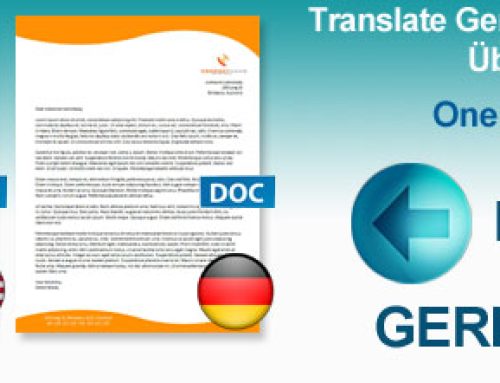The Spanish language is one of the most widely-spoken in the world today and translations from English to Spanish as well as Spanish to English are in great demand. If you are working with translating Spanish for the first time it helps to be familiar with some of the differences between the two languages. Learning a little more about the language will help you when working with translation software.
Word Order
The single biggest difference between Spanish and English is word order. For instance, in English adjectives come before nouns:
A pretty woman
In Spanish, the opposite is generally true:
Una mujer bonita (literally, a woman pretty)
Sometimes the sentence structure of Spanish can be drastically different from English, with verbs coming before nouns and more. A good translator or translation program will take this into account when doing both English to Spanish and Spanish to English translation.
Articles
In Spanish, the definite article (“the” in English) and indefinite article (“a,” “an,” or “some” in English) must also agree in gender and number with the nouns they modify. The definite article, for instance, can be el, la, los, or las, depending on the gender and number of the noun. That means there are four ways to say “the” in Spanish!
Gender
When translating from English to Spanish, be sure to remember that every single Spanish noun is considered to be masculine or feminine. There are some vestiges left of this in English (referring to a ship as “she,” for example), but for the most part genders have disappeared from English. In Spanish, the gender of a noun affects several of the words around it, which must match the noun in gender and number. Usually, nouns ending in “o” are masculine and nouns ending in “a” are feminine. There are exceptions to this general rule, and there are many nouns that end in other letters.


Noun-Adjective Agreement
Nouns in Spanish must agree in gender and number with the nouns they modify. The basic forms of adjectives end in o, e, or a consonant. If the adjective normally ends in o, it must be changed to a if the noun is feminine. Similarly, s or es must be added to the adjective when the noun is plural. This is primarily an issue for English to Spanish translation.
Verbs
One of the most complicated parts of Spanish is the system of verbs. In Spain, a verb can be spelled six different ways in each tense depending on who the subject of the sentence is. Outside of Spain, five different verb forms are used in each tense. This is an issue whether your translation is from Spanish to English or English to Spanish, as your translator or automatic translation software must be able to handle all these different spellings of the verbs. English also changes the spellings of verbs, but there are usually only two or three forms of a verb for each tense: I run, he runs.
Accent Marks and More
Accent marks, tildes, and more are used in Spanish. Sometimes they are used to clarify which syllable should be emphasized, but other times they change the meaning of the word entirely. For instance, “sí” with an accent mark means “yes,” while “si” with no accent mark means “if.” If you use automatic translation software, make sure that it accurately includes these marks so that you avoid embarrassing mis-translations.
Spanish Dialects
Although Spanish is one of the most popular languages you will need to realize there are many dialects of Spanish. Usually when translating English to Spanish for a global audience you will want to use a Spanish that is considered to be neutral. If you are doing any type of advertising to a specific region you will want to localize your Spanish, meaning you will be targeting a local geographical area where Spanish is spoken. When using Spanish Translation Software it will help to choose a package that allows you to build additional dictionaries to handle the different dialects.
Bottom Line
There are a number of important differences between Spanish and English which must be considered for any translation involving the two languages. Any translator or translation software you use must be able to handle the above differences and more in order to be effective in getting your message across to your intended audience.
Need to translate Spanish Documents? Use SYSTRAN for full document translation.






